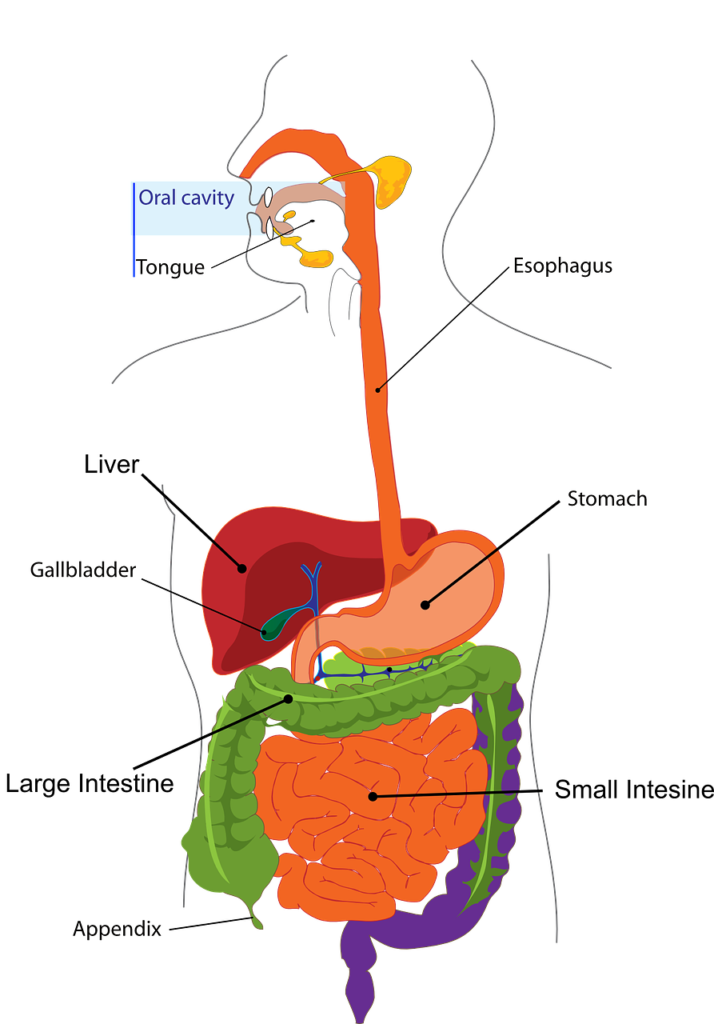Cholecystitis – Symptoms, Diagnosis & Treatments
In this article, we are going to explore a common disease related to the Gallbladder, Cholecystitis. The cholecystitis is an inflammation that happens in the Gallbladder. It is sometimes can be a life-threatening complication. The main cause of the disease is Gall Stones, which can obstruct the cystic duct. The cystic duct is where the Gallbladder’s neck and common hepatic duct connects.
The Gallbladder is a pear-shaped hollow organ. It is 7 cm to 10 cm long. Also, 3 cm broad at its widest area. It located on the right side of the abdomen, inferior to the liver. The primary function of the Gallbladder is store bile produced by the liver. The Bile helps to do the following activities in your Gallbladder.
- Breakdown fat.
- Absorption of fatty acid.
- Absorption of Cholesterol and other lipids from the small intestine.
The Cholecystitokin hormone, which secreted by the small intestine, stimulates the Gallbladder contraction and relaxation of the Sphincter of Oddi. Furthermore, the Sphincter of Oddi controls the flow of digestive juice. At that time, Bile enters the intestine. When this process is not done correctly can develop Gall Stones. These Gall Stones usually made of Cholesterol. The result of this is obstructing the cystic duct or Gallbladder. It may cause to the inflame the Gallbladder.

Causes for Cholecystitis
As mentioned above, the main reason for Cholecystitis is blocked Gallbladder or cystic duct by Gall Stones. In addition to that, the followings are also can be causes for Cholecystitis.
- Infection.
- Serious illness.
- Tumors.
- Decrease blood supply for Gallbladder.
- Damage to the Gallbladder.
- It can be due to injuries like severe trauma, severe burns, or damage during major surgery.
Risk Factors of Cholecystitis
The following are the risk factors of this Cholecystitis.
- People who are over 40 years.
- Multiparous women (given multiple births).
- Diabetic.
- Obesity (overweight).
- Oral contraceptives users.
- People undergoing hormonal therapy.
- Hyperlipidemia(blood has too many fats).
- End-stage kidney disease.
Signs and Symptoms of Cholecystitis
The following are the Signs and Symptoms of this disease.
- Pain in the right upper quadrant of the abdomen and pain radiates the back or right shoulder.
- Fever.
- Tenderness of the upper-right side of the abdomen.
- Nausea.
- Vomiting.
- Poor Appetite.
- Sweetening.
- Feeling of fullness.
- Clay-colored stool.
- Palpable abdominal mass.
- Jaundice(skin turns yellow).
- Itching the skin.
How to Diagnose Cholecystitis
A physical examination is an essential tool for diagnosing any disease. However, apart from the physical examination, we can diagnose this disease as follows.
- Blood tests.
Such as FBC(Full Blood Count), Liver function test, CRP(C Reactive Protein) Test, etc. - Abdominal scans.
Such as Abdominal ultrasound scan and Abdominal CT(Computed Tomography) scan, etc. - Abdominal x-rays.
- MRCP(Magnetic Resonance Cholangiopancreatography).
Also, this is a type of MRI (Magnetic resonance imaging). - ERCP(Endoscopic Retrograde Cholangiopancreatography).
- PTC (Percutaneous Transhepatic Cholangiography).
Differential Diagnosis of Cholecystitis
There may be differential diagnosis of Cholecystitis. Such as Hepatitis, Peptic ulcer disease, Pancreatitis, and Angina.
Treatments for Cholecystitis
We can suggest following Medical management and Surgical Management to treat this disease. However, If you have above mentioned signs and symptoms, you must hospitalize or go to the nearest medical center to get treatments.
Medical Management
Recommended prescription drugs by a medical professional can be used to decrease the size of existing Cholesterol stone and prevent the forming of new stones. Apart from that, the following Medical Management can be done.
- Pain medication.
- Antibiotic therapy for infection.
- Special low-fat diet.
- Fasting to rest the Gallbladder.
- Administer IV fluids to prevent dehydration.
Surgical Management
Gallbladder removal is the leading Surgical Management to treat Cholecystitis. It is called Cholecystectomy. Also, it is recommended for Acute Cholecystitis. That can be done in 2 ways.
- Open Cholecystectomy.
This is done by removing the Gallbladder by making a cut in the abdomen. - Laparoscopic Cholecystectomy.
This is done by a small incision (a surgical cut on the skin) made in the skin. After that, insert the camera into the incision. So, the surgeon can remove Gallbladder using a camera.
Also, Surgical Management can be done using Percutaneous Cholecystostomy.
Complications
Without treatments by a medical professional, the following complications can happen to the patent.
- Gallbladder rupture(GallBladder wall burst).
- Inflammation of the peritoneum(Peritonitis).
- Increasing abdominal pain.
- Gangrene.
- Gall Stone Pancreatitis.
- Biliary Fistula through the duodenum.
- Empyema.
How to Prevent Cholecystitis
You can prevent Cholecystitis easily by controlling your diet and chose a healthy diet. Furthermore, low fat and low fiber diet help to prevent the risk of Gall Stones. However, there are some foods and drinks you should avoid consuming. Such as eggs, pork, cheese, gas-forming vegetables (Asparagus, Brussels sprouts, Broccoli, cauliflower, and cabbage), alcohol, etc.
Overweight may cause for developing Gall Stone. You should also maintain a healthy weight. Also, the above mentioned controlled diets and exercises would help you with that.
Disclaimer
If you have symptoms mentioned in this article, please make an appointment to see a qualified medical professional. Furthermore, all the medications and treatments must use according to medical advice. To conclude, this article is written only for you to improve knowledge about diseases.